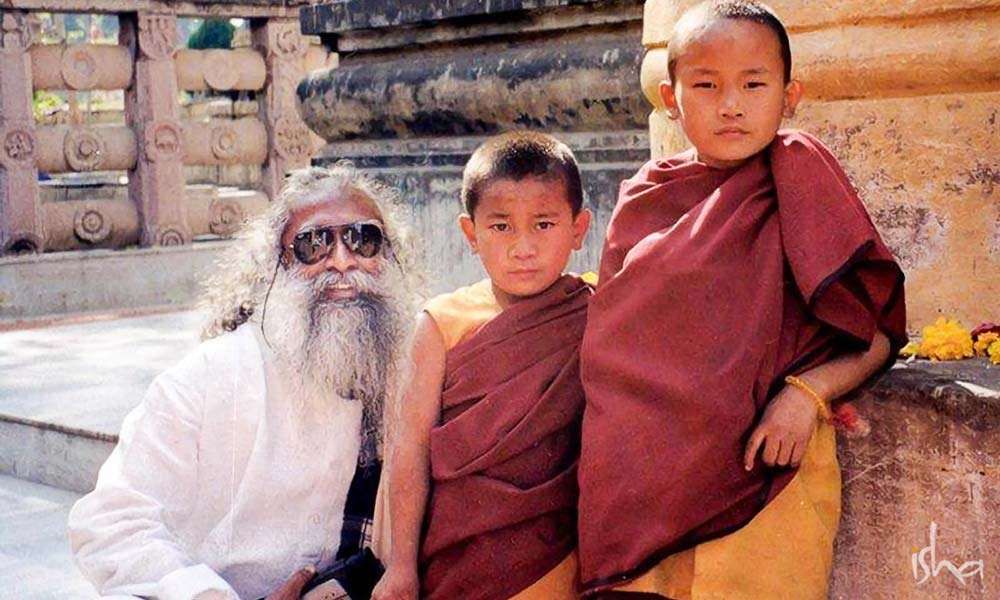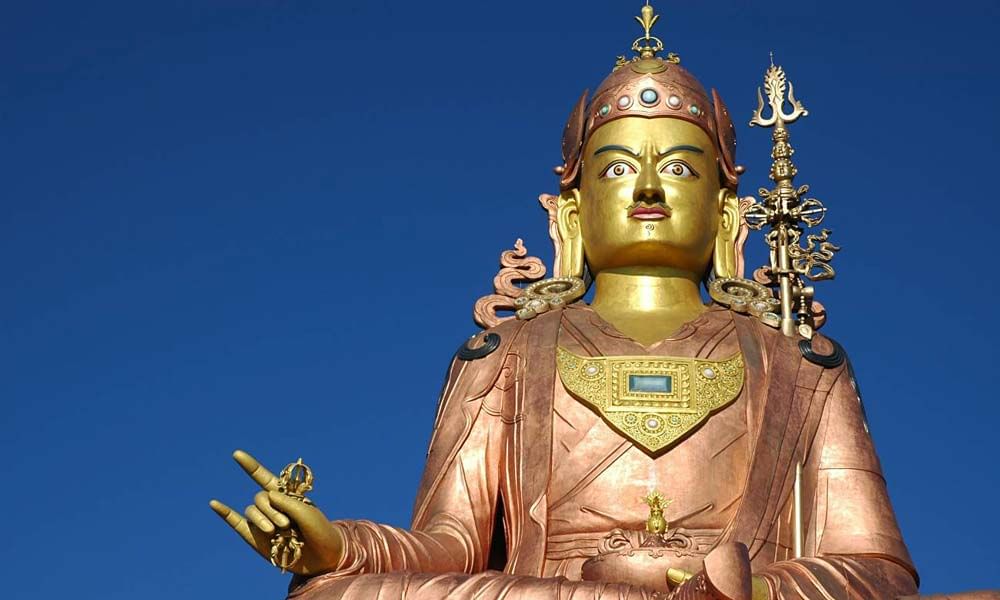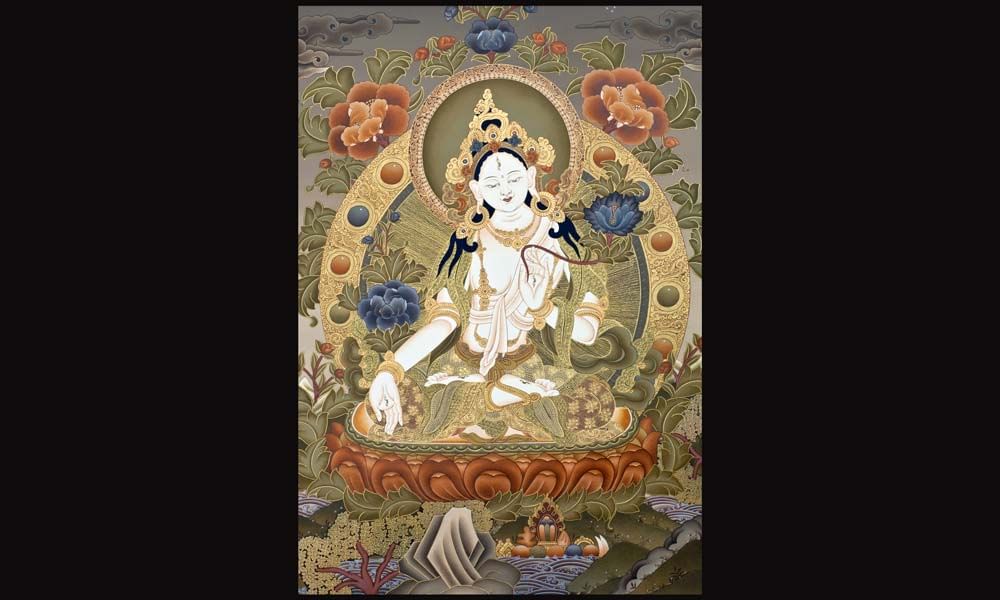The Origins of Tibetan Buddhism
Contrary to popular understanding, the origins of Buddhism are not traced to Tibet, but to India. Sadhguru traces the roots of Buddhism back to the source of Gautama the Buddha, and explains how the interweaving of cultures and traditions over the years resulted in the Tibetan Buddhism seen today.


Sadhguru at Dhamek Stupa, Sarnath, UttarPradesh, where Gautama gave the first sermon to his first five disciples after attaining enlightenment
He wanted to bring spiritual seeking in a widespread way in the land because, when he came, what was once a very spiritual nation had become very ritualistic, so he tried to transform the situation. Later on, the more enterprising disciples made it into a package called Buddhism, but Gautama himself never said anything that could be turned into a religion.
Buddha’s way and the traditional yogic systems are not any different. Gautama himself, during those eight years of his seeking, went from Yogi to Yogi. So, in India, people saw him as one more Yogi. This is why Buddhism did not grow in India as it did outside the country.
Outside this culture, people had never heard such wisdom. It was so fresh and new because people had never applied themselves in that direction. So, entire nations turned to Buddha’s way. But in India, they had many options – this was just one among many.
A Weave of Cultures

The 36m tall statue of Guru Rinpoche (Padmasambhava) at Samdrumptse, Sikkim
The fundamentals of Tibetan Buddhism and the most important teachers of Tibetan Buddhism, such as Padmasambhava, were also from the yogic and tantric traditions. Padmasambhava came to Tibet about 1300 years ago.
By then, Buddhism in India had absorbed much of the yogic and tantric cultures and had become a blend of these things, because Buddhism per se, as it was taught initially, is too dry. It was for the monks, not for the general population. So, along the way, a few enlightened beings made a nice blend of yogic and tantric cultures, weaving it into the Buddhist way of life.
When Padmasambhava came to Tibet, he took the extraordinary step of weaving the Bon religion into this. Till then, the Bon religion that was active in Tibet was mainly about the occult.
Instead of trying to teach them something new, Padmasambhava took the Bon religion as a basis and placed the Buddhist tantric yogic culture on top of it, creating a well-woven process. Tibetan Buddhism today is a blend of these multiple ingredients.
Bits and Pieces
Many of the later teachers went to Tibet not so much by choice, but more because when the Islamic invasions happened in northern India, the first thing that was attacked were the spiritual places.
So, people moved into the Himalayas and went further into the Tibetan plateau. If you look at Tibetan Buddhism, you may not understand the tantra, but even if you look at the paintings, the mandalas and mantras, it is bits and pieces picked up from the tantric way, particularly from Kashmiri Shaivism, which was a very evolved aspect of yoga and tantra.

Tibetan Thangka of White Tara
They took these bits and pieces and they were only trying to make toys, but they ended up with a spacecraft. That is the beauty of Tibetan Buddhism, the simplicity of it and at the same time, that is its frailty too. It is absolutely unique in many ways.
Find Hatha Yoga Program Near You
Explore the lives of many enlightened beings, as Sadhguru reveals how they attained enlightenment and helped others find self-realization. Only on Sadhguru Exclusive! Watch now.
Subscribe




